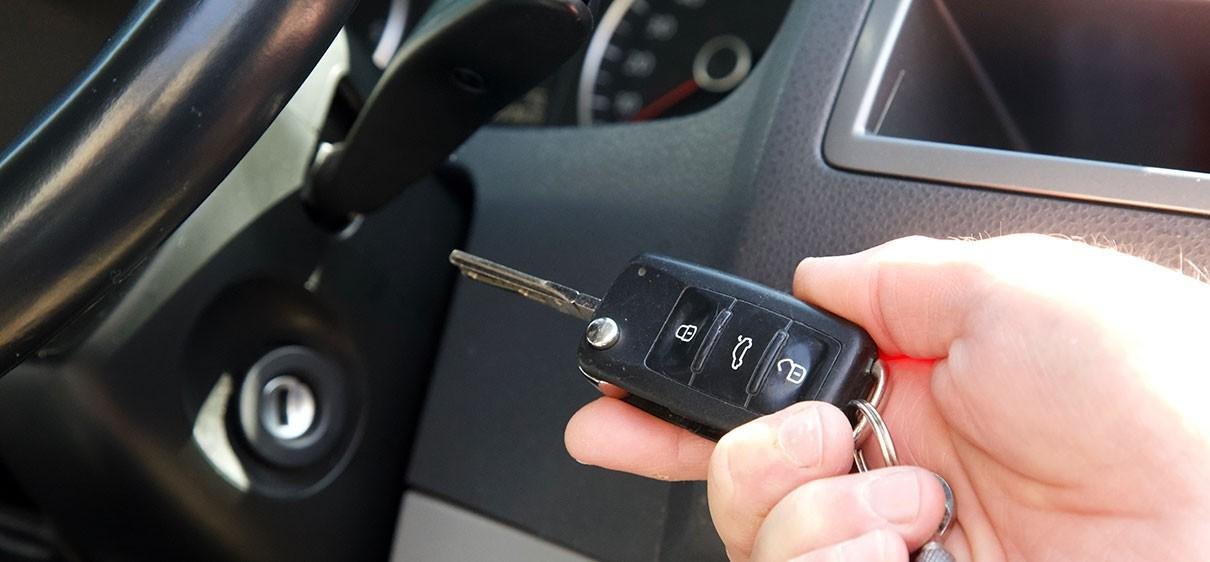Calm Seas Start in the Engine Room

A boat might look ready from the deck, but the real story starts below. The engine room is where long days on the water are either made easy or made hard. A space that’s looked after, understood, and kept in order will quietly keep trips running to plan. The best part is, it doesn’t need hours of work — just the right habits.
Building comfort with the space
Many people avoid the engine room unless something’s wrong, but spending time there when everything is working is the easiest way to get familiar with it. Notice where the major parts are, how they sit, and what they normally look, sound, and feel like. This familiarity means that if something changes — even a small drip or a faint smell — it’s easier to catch early.
For new crew members, a short walk-through helps them understand how systems connect. Even a simple “this is where the cooling water comes in” or “this line feeds the gearbox” builds confidence. The more comfortable people feel in the space, the less likely they are to overlook something.
Why parts knowledge matters
No two boats are exactly alike, even if they’re the same model. Over the years, upgrades, replacements, or small modifications can make them different. Knowing the exact engine and gearbox type, and keeping those details written down, makes maintenance much smoother.
When the time comes to replace something, sources such as Diesel Pro Engine Parts can help match the right fit, avoiding downtime caused by wrong orders. A quick check against the unit’s ID plate before buying saves headaches later. It also means if an issue pops up during a trip, you know exactly what you’re working with.
Spotting changes before they grow
You don’t need to be a mechanic to notice when something’s off. A patch of oil under a pump, a different tone in the engine’s hum, or a bit more vibration than usual are all signs worth noting. Even if the boat still runs fine, these clues often point to small fixes that can be handled before they turn into big repairs.
It helps to check from more than one angle. Looking at machinery from both sides, shining a light under hoses, or crouching to eye level with the bilge can reveal things you wouldn’t spot in a quick glance from above.
Keeping the environment clean
Dust, grime, and clutter can hide problems. A clean engine room makes it easy to see when something isn’t right. Wiping down surfaces, keeping the floor clear, and securing loose items also means fewer tripping hazards and less chance of tools or debris damaging equipment.
Good lighting makes a big difference too. Even small, battery-powered lights mounted in shadowy corners can make checks quicker and safer. When it’s bright, you can spot leaks, corrosion, or loose fasteners before they become a problem.
Watching temperature and flow
Engines run best in a steady temperature range. Overheating can be caused by something as small as a blocked water strainer or a worn belt. Glancing at temperature gauges during a trip, and checking that cooling water is moving as it should, is quick and can prevent expensive downtime.
For larger boats, it’s worth noting what “normal” temperatures look like for the gearbox, coolant, and oil. A sudden change in one of these readings is a strong clue that something’s starting to go wrong, even before alarms or warning lights come on.
Protecting fuel quality
Fuel issues are one of the most common causes of engine trouble. Keeping tanks sealed, draining water traps on schedule, and storing spare filters in a dry, labeled place all help keep the supply clean.
During longer trips, watch for early signs of fuel trouble — small dips in power, an engine that’s slow to respond, or smoke that’s not normally there. Often, switching to a clean spare filter and bleeding the system will get you going again, but it’s important to track the cause later so it doesn’t repeat.
Listening during operation
Some problems make themselves known long before they show up on a gauge. A rattle when shifting, a whine when under load, or an uneven idle are all changes worth noting.
A tip many crews use is to step into the engine room briefly after the boat’s been running for a while, when it’s safe to do so. This gives a chance to hear and feel the machinery under load, which is often when changes are most noticeable.
Planning around work days
Maintenance isn’t only about fixing problems — it’s about preventing them from getting in the way of work or planned trips. Scheduling checks on quieter days and having the right spares on hand means less chance of last-minute cancellations.
This also applies to routine fluid changes, filter swaps, and belt inspections. Doing them before the season gets busy is much easier than trying to fit them in when the boat’s already in high demand.
Keeping everyone involved
If only one person knows the boat’s systems, the risk of missing something is higher. Sharing knowledge among the crew means more eyes and ears catching small issues.
A simple rotation where each person checks a different area each week keeps the workload light and the awareness high. It also means that if someone is away, others can step in without confusion.
Confidence from the ground up
A reliable boat isn’t just about strong equipment — it’s about consistent care. The habits that keep an engine room in good shape aren’t complicated, but they have a big impact over time. Staying familiar with the space, acting on small changes, and keeping things clean all add up to trips that start and end without surprises.
By focusing on steady attention rather than major repairs, crews spend more time working or enjoying the water and less time waiting on parts or fixes. That’s how calm seas really do start in the engine room.






